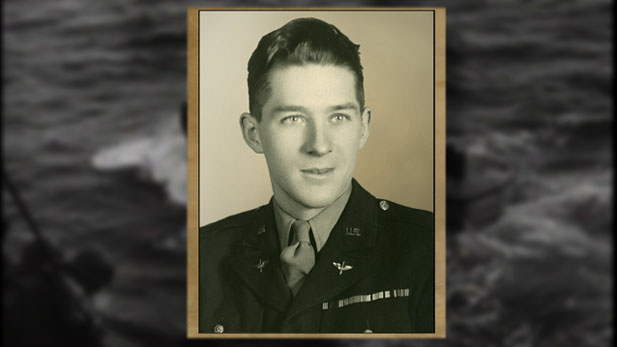Charles Bates remembers vividly the events leading up to the Allied invasion of Normandy 68 years ago.
“There was a very critical debate,” Bates says. "(Eisenhower) decided, based on the forecast, to delay 24 hours and go in behind the weather front.”
Bates, a retired Army lieutenant colonel who now lives in Green Valley, served as part of the team that provided weather, wave and surf predictions to Eisenhower leading up to the D-Day invasion of June 6, 1944. He says the decision to delay and follow the high atmospheric pressure system was the “smartest thing Eisenhower ever did.”
“At the time he made the decision, it was raining and the winds were around 25, 30 knots, and it would have been impossible to operate on the English Channel," Bates recalls.
"The Germans had seen the same weather and decided anyone would be crazy to invade in such weather. The weather was so bad the Germans didn’t even know we were coming until about 4 o’clock that morning when we were already starting to anchor to unload the landing craft.”
The operation was considered the most complicated and difficult to have ever taken place, and Bates was instrumental in delivering what another member of the forecast team, the British Royal Navy's Lawrence Hogben, called the “most important weather forecast in the history of the world.”
 Charles Bates, shown in wartime, is a World War II veteran who helped predict the weather for D-Day.
Charles Bates, shown in wartime, is a World War II veteran who helped predict the weather for D-Day.
By submitting your comments, you hereby give AZPM the right to post your comments and potentially use them in any other form of media operated by this institution.